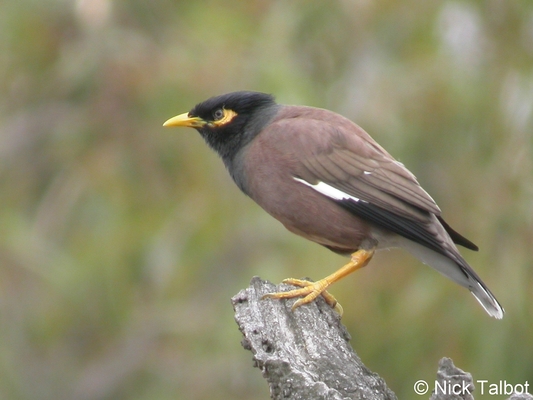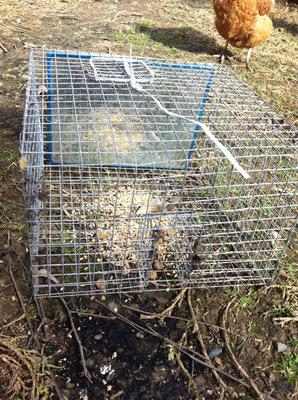Yarra Ranges, Cardinia and Knox councils are joining forces to reduce the Indian myna bird population which is creating biodiversity havoc across the south east.
An online webinar was held on Thursday 28 October where Darebin Parklands Head Ranger Peter Wiltshire was a guest speaker to share his knowledge of the pest bird and how it displaces native species.
It’s hoped those who watched the webinar will join a voluntary community action group to help solve the Indian myna problem.
Mr Wiltshire, who’s been a ranger for 40 years, has been researching the myna’s behaviour for decades after noticing Eastern Rosella numbers decreasing.
“We have 155 nest boxes throughout Darebin Parklands, but the problem is the Indian mynas invade the boxes and so we decided that we would trap them and reduce the population,” he explained.
“We’ve caught over 1500 birds out of our park and that changed the biodiversity dramatically, but they remain a threat and we decided that we wanted to research the behaviour of the birds to understand it.”
The bird from Southern Asian was first brought to the country in 1863 to Werribee, Victoria to help control insect pests.
However, it is now prolific through suburbia in Australia’s south east causing great harm to other bird populations.
During the webinar several videos were shown, providing insight into the highly intelligent bird and how they evict natives species from hollows and bird boxes.
“If you watch the video you’ll see how tenacious and how good they are at problem solving, when we saw this [the bird finding its way into a ‘myna proof’ bird box] we were quite distraught to be honest with you.
“When we saw that we thought we need to understand the capacity of these birds, so we set up a network of trials.”
The videos went on to show several ways that the myna was still able to get into the nest box and take over the nest.
Several videos were distressing, showing the myna breaking other birds eggs and throwing chicks out – the true nature of the destructive bird.
“As you can see, they bust the eggs up and then they take them outside. They don’t eat them or anything, they just drop them outside. We’ve found evidence of eggs and chicks at the base of trees, with tree hollows and our nest boxes.
“We tried every combination, every paper we read said how you could stop mynas getting in – we found that if you designed a box that could stop mynas, it stopped everything, and there is no solution to it other than to make sure if you put boxes out then to patrol quite regularly and secondly, if you do put boxes up that you keep the holes to a smaller size so the mynas can’t get in.”
Also part of the webinar was discussing how residents can use traps to capture the bird and humanely dispose of them to reduce their numbers.
“If you’re going to trap them, you’re best putting the trap somewhere as open as possible and where they can actually keep an eye on from a higher point, that seems to be the main thing. They’re also attracted to the colour red so the red dried pet food is one that seems to be more popular with them.
“Regarding euthanizing we’ve used cervical dislocation. It’s basically breaking the neck and we’re obliged to be humane with these animals to kill them instantly as best we can.
Mr Wiltshire recommended residents don’t feed chickens scraps and switch to pellets, also don’t leave pet food out which attracts the birds and plant more native trees to reduce wide open spaces for mynas to feed on.
They are also known to nest in roof tiles and open eaves, with residents encouraged to block up holes to stop them roosting.
“We have the opportunity to actually be part of a voluntary community action group. If what you’ve seen tonight really interests you, if you think you’d like to be a part of trying to solve the Indian myna problem that we’ve got across all our regions, then do fill out the surveys,” Jen Ellison, Environmental Volunteers Support Officer for Yarra Ranges Council said.
The webinar will be uploaded to the Yarra Ranges Council website in the next couple of weeks for those who missed it.








